The Best Investing Strategies For Inflationary Times
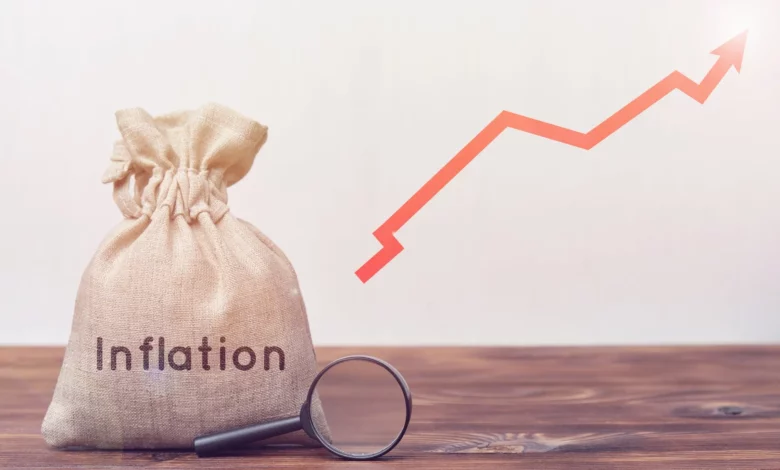
The Best Investing Strategies For Inflationary Times
Inflation
In economics, inflation is defined as a gradual increase in the price of goods and services in a given economy. When the general price level rises, each unit of currency buys fewer products and services; as a result, inflation equals a loss of money’s purchasing power.
The polar opposite of inflation is deflation, which is defined as a sustained decrease in the overall price level of goods and services. A common inflation indicator is the inflation rate, which is the annualised percentage change in a general price index. Prices will not all rise at the same time. Assigning a representative value to a group of prices is an example of the index number problem. The employment cost index is used for wages in the United States, while the consumer price index is used for prices. A discrepancy in consumer prices and wages is defined as a shift in the standard of living.
Inflation would not influence the real economy if money were totally neutral; nevertheless, perfect neutrality is not widely believed. In the case of exceptionally high inflation and hyperinflation, the effects on the real economy are severe. Inflation that is more moderate has both beneficial and harmful effects on economies.
The negative implications include an increase in the opportunity cost of keeping money, uncertainty about future inflation, which may discourage investment and savings, and, if inflation is quick enough, shortages of products as customers stockpile in anticipation of future price increases. Positive consequences include reduced unemployment due to nominal wage rigidity, more flexibility for the central bank in implementing monetary policy, encouraging loans and investment rather than money hoarding, and avoiding the inefficiencies of deflation.
Most economists today advocate for a low and stable rate of inflation. Low inflation (as opposed to zero or negative inflation) lessens the severity of economic downturns by allowing the labour market to respond more quickly during a downturn and reducing the possibility of a liquidity trap preventing the monetary policy from stabilising the economy. The duty of maintaining a low and stable inflation rate is usually delegated to monetary authorities.
These monetary authorities, in general, are central banks that control monetary policy by establishing interest rates, conducting open market operations, and (less frequently) modifying commercial bank reserve requirements.
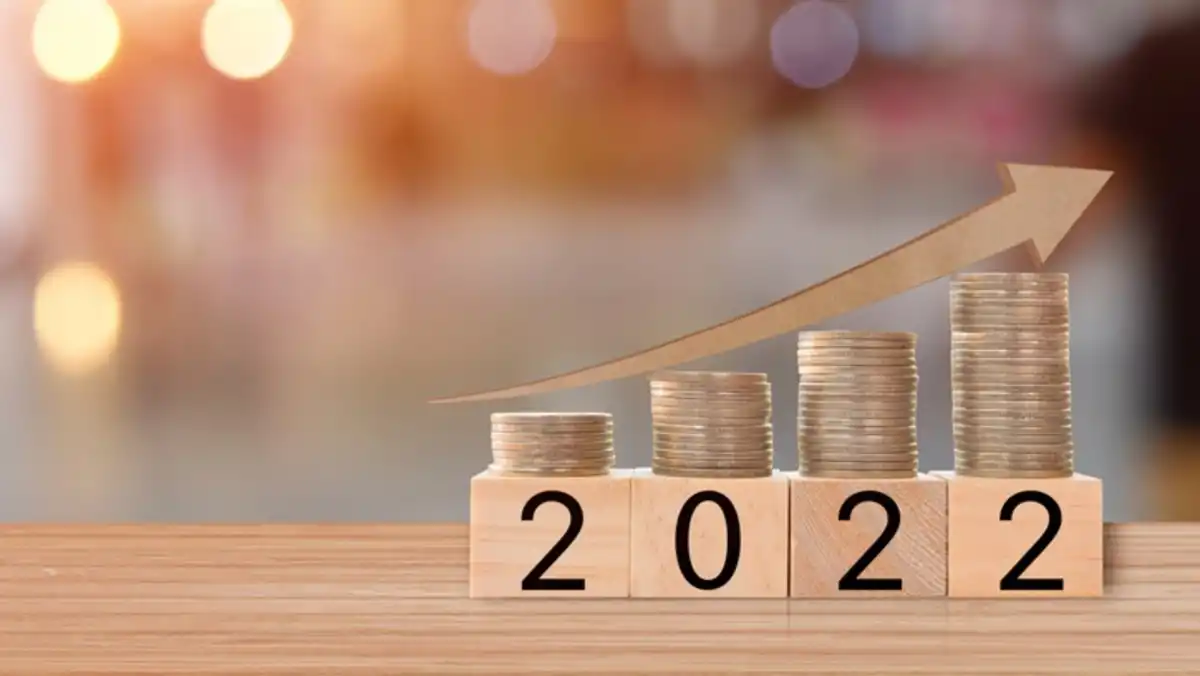
Present Inflation situation in India
Price rise, inflation in India: From food items to edible oil rates, what to expect in coming months?
The common man has been impacted by price increases all around the country. People from all walks of life are finding it challenging to manage their household budgets due to dramatic increases in the prices of necessary goods, such as vegetables, along with steep increases in gasoline and diesel prices.
While oil marketing companies have raised the cost of petrol and diesel by roughly Rs 10 per litre each in the last month, the prices of vegetables and other basic products have skyrocketed. Aside from this, other petroleum products, such as LPG cooking gas, saw large price increases.
INFLATION RATE IN INDIA
According to official figures released on Tuesday, retail inflation hit a 17-month high of 6.95 per cent in March. This is the third month in a row that inflation has remained above the 6% barrier. In October 2020, the previous high of 7.61 per cent was recorded.
The Consumer Price Index (CPI) tracks retail inflation, which analyses price increases from the perspective of a retail buyer.
Based on the Consumer Price Index (CPI), inflation mainly increased due to growing prices of essential food items such as ‘oils and fats,’ vegetables, and protein-rich foods such as meat and fish.’
Inflation in ‘oils and fats’ jumped to 18.79% in March, as the geopolitical turmoil caused by the Russia-Ukraine conflict drove up edible oil costs. According to CPI data, Ukraine is a large exporter of sunflower oil.
In March, vegetable inflation increased to 11.64 per cent, while meat and fish inflation increased to 9.63 per cent compared to February 2022.
Inflation in the ‘fuel and light’ category, on the other hand, was lower in March, at 7.52 per cent, compared to 8.73 per cent the previous month.
RBI PROJECTIONS
The Reserve Bank of India (RBI) boosted its retail inflation forecast for the current fiscal year to 5.7 per cent from 4.5 per cent earlier this week. However, due to the anticipated record production of the winter season (rabi) crop, it anticipated prices of cereals and pulses to moderate.
FOOD ITEMS
RBI Governor Shaktikanta Das stated during the Monetary Policy Committee (MPC) announcement that inflation would moderate in the current fiscal year 2022-23.
In terms of food costs, the RBI governor indicated that an anticipated record Rabi harvest would help to keep domestic cereal and pulse prices in check.
According to the RBI Governor, global issues such as the loss of wheat supply from the Black Sea region and the unprecedented high international wheat prices could put a floor under domestic wheat prices.
Due to export restrictions by important producers and a loss of supply from the Black Sea region, edible oil price pressures are likely to stay significant in the near term, according to the RBI Governor.
According to the RBI governor, feed cost pressures could persist due to global supply limitations, which could have a spillover effect on poultry, milk, and dairy product prices.
“Taking these considerations into account, and assuming a typical monsoon in 2022 and an average crude oil price (Indian basket) of US $ 100 per barrel, inflation in 2022-23 is now forecast at 5.7 per cent, with Q1 at 6.3 per cent, Q2 at 5.8%, Q3 at 5.4%, and Q4 at 5.1%,” the RBI governor stated.
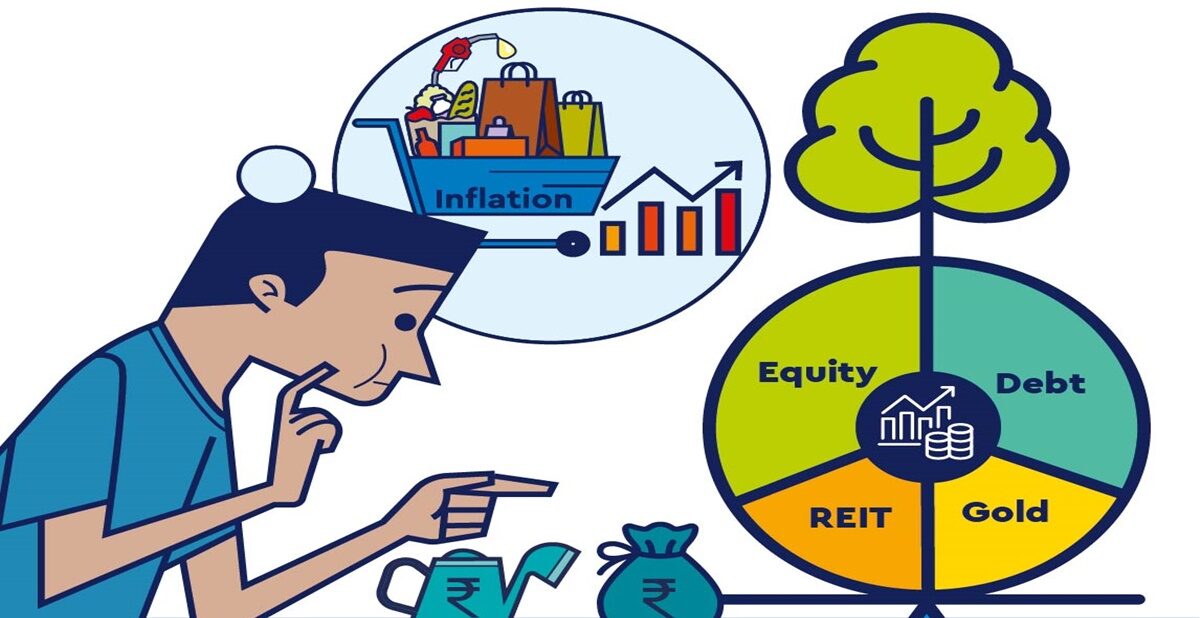
Investing Strategies For Inflationary Times
It’s finally here: the ‘I’ word has returned. Presently, we are in a state of ‘transitory inflation,’ which has threatened to peek its head out and mess with all of our financials.
The word itself is ominous. Investors have expressed concerns. Ideas are flowing around, but it’s unclear what, if anything, investors should do.
What is the definition of ‘transitory inflation’? Inflation is defined as the gradual rise in the price of goods and services over time. Furthermore, the term “transitory” can refer to something that isn’t permanent or only lasts a short time.
When seen through this lens, investors are just trying to figure out how to manage their portfolios for a short period of time. When faced with market issues, the greatest advice is to stick to your knitting. It’s tedious, but it’s frequently the best option. An asset allocation plan works because it is designed to outlast all market cycles.
However, just because that is sound advice does not ensure that investors follow it. Investors want you to do something, for you to act.
Investors can do a few things right now to reduce their inflation anxiety and control the impact on their portfolios. One is strategic, while the other two are more tactical. These ‘hedges,’ so to speak, can give investors a sense of security as they navigate the markets.
One is strategic, while the other two are more tactical. These ‘hedges,’ so to speak, can give investors a sense of security as they navigate the markets.
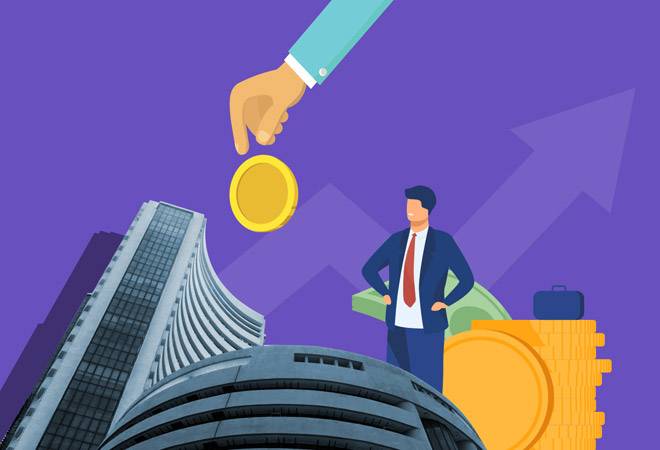
Run Towards Equities and Away from Cash
Perhaps the finest advice is simply the easiest to follow out of all the choices an investor must make to combat inflation. Continue to invest in shares.
It’s a clear and practical piece of advice. When a company’s costs rise, it may simply raise prices, which increases revenue and earnings. A win-win situation for both the company and the investor. It’s an excellent inflation hedge that also fits into an asset allocation plan.
To combat these anxieties, investors who are more concerned about inflation may seek to devote a few percentage points more of their portfolio to equities. Remember that this inflationary era is temporary; investors can withdraw their excess allocation once prices settle.
Due to inflation, savings rates are not rising simultaneously. This contrasts with previous periods of high inflation when savings rates rose in tandem with interest rates. Being in the equities market helps an investor to earn a higher rate of return while also increasing their purchasing power over time.
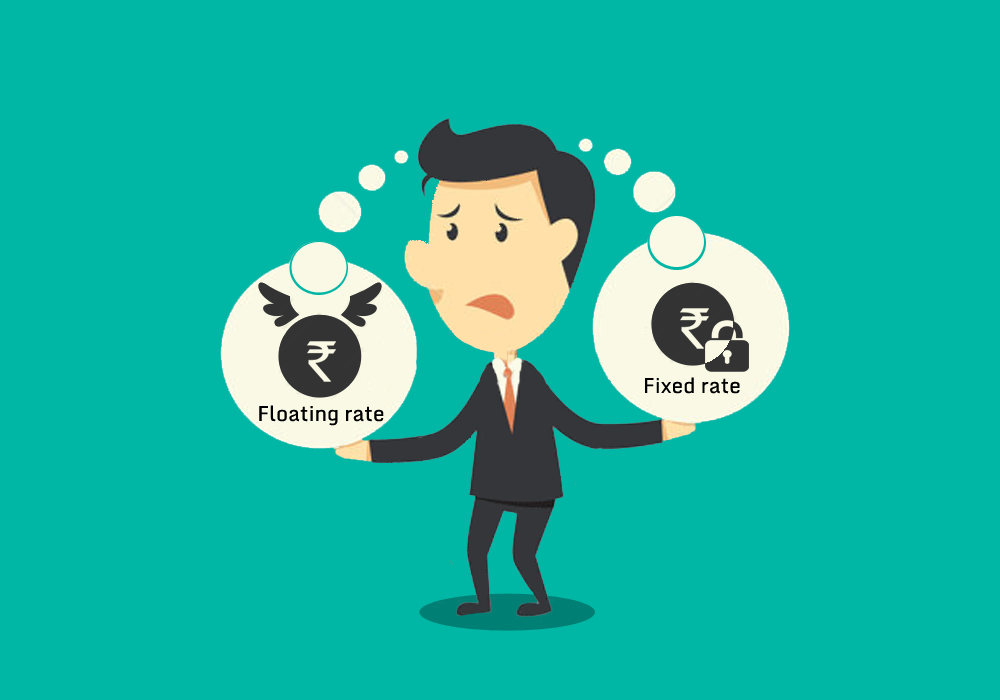
Tilt Towards Floating Rate
The majority of fixed income exposure in a well-allocated portfolio should come from high credit quality bonds. On the other hand, fixed income returns have been flat to negative in this market. This appears to be a losing struggle for investors seeking to combat inflation.
One portion has the potential to act as a hedge. It’s called a floating rate bond fund. This investment can be introduced as a tactical tilt to a portfolio that can make all the difference in an inflationary environment. However, investors must understand how these funds operate.
Floating rate bonds are often variable interest rate loans made by banks to businesses. The loans are regarded as senior debt in terms of credit quality, which implies that in the case of a company’s collapse, they will be paid out first, ahead of other holdings such as high yield.
However, in a high-inflationary climate, these products are unique because when prices rise, so does the interest rate on the bonds. Including a fund that invests in these bonds in a portfolio can help investors combat the adverse effects of inflation on their other bond holdings. A slight incline of 1-3 per cent is sufficient.

Commodities Can Be a Help
The tried-and-true commodities trade is another option for investors. Commodity prices generally rise during periods of inflation, allowing investors to profit from the increased demand for these assets.
It’s all about diversification when it comes to commodity allocation. A diversified commodities fund will help limit some of the investment’s risk. Like floating rate bonds, a tilt is more than enough to act as an inflationary hedge.
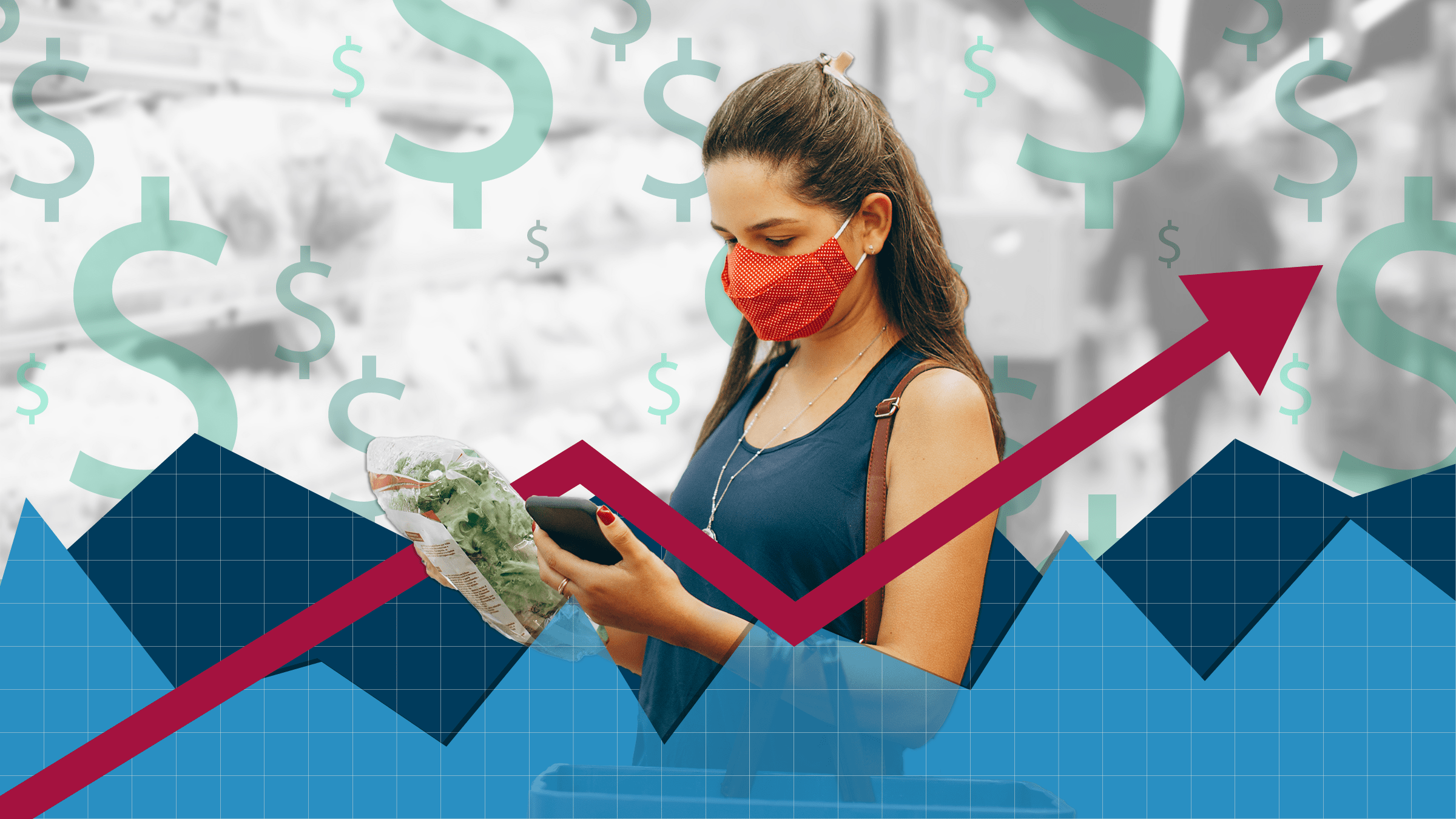
Inflation May or May Not Be Transitory
It’s critical to keep focused on the components of portfolio creation throughout this ‘transitory’ era. The best thing an investor can do to withstand the current market’s ups and downs is to stay invested.
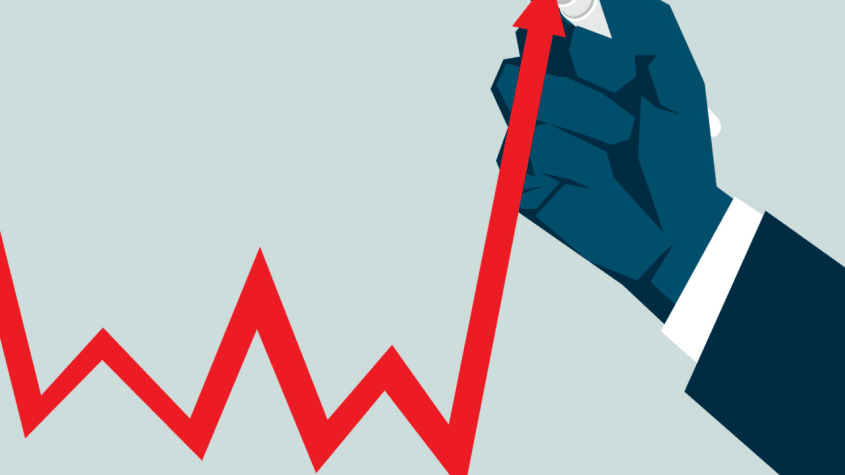
How to Profit From Inflation
Inflation involves rising pricing for products and services for consumers and the risk of losing purchasing power if their income does not keep pace. Deflation, on the other hand, refers to a drop in prices.
Consistent deflation can raise unemployment and jeopardise the financial system and the broader economy by making debt servicing more difficult.
Sharp departures in either way from a reasonable inflation rate pose problems for both investors and consumers. This is because they have the potential to create major economic upheaval. They also have various and frequently unforeseen effects on different asset classes.
KEY TAKEAWAYS
- Inflationary conditions favour several asset classes.
- In the past, tangible assets such as real estate and commodities were seen to be inflation hedges.
- Certain sector stocks, inflation-indexed bonds, and securitised debt are examples of speciality securities that can keep a portfolio’s buying power.
- Direct and indirect investments in inflation-sensitive investments are available in various ways.
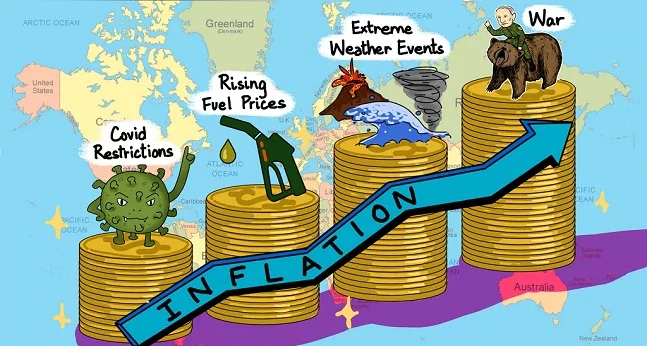
How Can Inflation Be Good For The Economy?
How Inflation Affects Asset Values
While the impacts of inflation on the economy and asset values are unpredictable, history and economics provide some guidelines.
Inflation has the greatest impact on the value of fixed-rate debt securities since it devalues both interest rate payments and principal repayments. After correcting inflation, lenders lose money if the inflation rate exceeds the interest rate. This is why investors sometimes look at the real interest rate, which is calculated by subtracting the nominal interest rate from the inflation rate.
Longer-term fixed-rate debt is more susceptible to inflation than short-term fixed-rate debt because the effect of inflation on the value of future repayments is proportionally greater and compounds over time.
The investments that do best under inflation are those that are guaranteed to bring in more money or improve in value when inflation rises. Two examples are a rental property subject to periodic rent increases or an energy pipeline charging rates connected to inflation.
Real Estate
Real estate is a popular investment because, when inflation rises, it becomes a more valuable and popular store of value while also increasing rental revenue.
Real estate can be purchased directly or through the purchase of shares in a real estate investment trust (REIT) or specialised fund.
During sustained inflation in the 1970s, real estate performed exceptionally well. However, as shown in 2007-2008, real estate is sensitive to rising interest rates and financial crises. And raising interest rates is the traditional monetary policy response to rising inflation.
Commodities
When inflation rises, investors frequently resort to physical assets that are expected to appreciate in value.
For millennia, gold—and to a lesser extent, other precious metals—have served as a safe haven, causing prices to climb in tandem with inflation. Gold can be purchased directly from a bullion or coin dealer or indirectly by buying a gold mutual fund or exchange traded fund (ETF). Investors can also gain exposure to a commodity by purchasing the stock of its producers directly or indirectly through an exchange-traded fund (ETF) or a specialist mutual fund.
Many assets have traditionally been thought of being inflation hedges or protection. Real estate, commodities, and some types of stocks and bonds are among them.
Raw minerals and agricultural products such as oil, copper, cotton, soybeans, and orange juice are examples of commodities. In inflationary conditions, commodity prices tend to grow in tandem with the pricing of finished goods derived from those commodities.
Higher crude prices, for example, raise the cost of fuel and transportation. Sophisticated investors can trade commodity futures or producer stock. Exchange-traded funds that invest in commodity futures, on the other hand, will underperform a rising commodity price since their futures contracts must be rolled as they expire.
Bonds
Bond investing may appear paradoxical, given that inflation often harms fixed-rate debt. On the other hand, inflation-indexed bonds have a variable interest rate connected to the rate of inflation. Treasury Inflation-Protected Securities (TIPS), which are pegged to the Consumer Price Index, are a popular alternative in the United States.
The value of a TIPS investment rises in tandem with the CPI. The base value increases, but the amount of interest payments also climbs as the base value increases because the interest paid is based on the base value. Foreign types of inflation-indexed bonds, such as those issued by other governments, are also available.
Inflation-indexed bonds can be purchased in a variety of ways. TIPS can be purchased directly from the United States Treasury or through a brokerage account. Some mutual funds and exchange-traded funds also hold them. Consider trash bonds if you want to take a riskier approach. When inflation rises, high-yield debt, as it’s formally termed, tends to appreciate in value as investors seek out the greater returns offered by this riskier-than-average fixed-income instrument.
Stocks
Stocks have a good chance of keeping up with inflation, but not all equities are made equal when it comes to doing so. Inflationary periods, for example, tend to batter high-dividend-paying stocks like fixed-rate bonds. Investors should look for companies in the consumer staples category that can pass on higher input costs to customers.
Loans/Debt Obligations
Leveraged loans can also be used as inflation hedges. They are a floating-rate product, which means banks or other lenders can boost the interest rate paid to keep up with inflation.
Mortgage-backed securities (MBS) and collateralised debt obligations (CDOs) are structured pools of mortgages and consumer loans. Investors do not own the debts themselves but rather invest in securities with loans as the underlying assets.
MBSs, CDOs, and leveraged loans are sophisticated, dangerous (depending on their rating) securities that frequently require substantial minimum investments. The most practical method for most retail investors is to purchase a mutual fund or exchange-traded fund (ETF) that specialises in these income-generating items.

Pros and Cons of Investing for Inflation
There are advantages and disadvantages to each investment hedging, just as there are advantages and disadvantages to each type of investment. The numerous assets discussed above also have good and negative aspects.
Investing amid inflation, of course, has the major benefit of preserving the value of your portfolio. The second reason is that you want your savings to continue to increase. It can also lead to diversification, which is always a good idea. Spreading risk over a diverse group of holdings is a tried-and-true strategy of portfolio construction that works for both inflation-fighting and asset-growth strategies.
Pros
- Preserve portfolio worth
- Diversify holdings
- Maintain income’s buying power
Cons
- Increase exposure to risk
- Divert from long-term goals
- Overweight portfolio in some classes
On the other hand, the inflation tail should never wag the investing dog. Don’t stray from your investing plan’s defined targets or timelines if you have them. If your portfolio demands large capital appreciation, for example, don’t put too much emphasis on TIPS. Also, if you need money for retirement, don’t buy long-term growth stocks. Inflation fixation should never push you outside of your risk tolerance comfort zone.
There are no assurances in this world. Traditional inflation hedges don’t always work, and unusual economic conditions can often favour unexpected assets while leaving what appeared to be apparent winners in the dust.
Prices are growing, putting a greater strain on consumer budgets than in the previous 40 years.
It also implies that for many investors, continuing to invest in the stock market for the long term may be more vital than ever.
This is because investing in equities is often a solid strategy to outperform inflation over time. The S&;P 500 Index, for example, has an average yearly return of nearly 10%, which is higher than the 7.9% annual inflation rate witnessed in February.
“Historically, the only good method to keep ahead of inflation has been to invest in equities,” said Eric Henderson, president of Nationwide Financial’s annuity business sector. “Equities can be unpredictable, but that has historically been a winning strategy in the long run.”
Balance higher prices and savings
Recent market volatility, fueled by the Fed’s rate hikes and the conflict in Ukraine, may have alarmed some investors.
However, experts advise that, if, at all possible, investors continue to invest consistently, particularly for those with longer time horizons.
Time to rebalance and diversify
Investing in volatile markets is, of course, not without danger. Despite this, investors can take steps to safeguard and even improve their portfolios during market downturns.
“Investing should always be a long-term process,” said Liz Ann Sonders, managing director and chief investment strategist at Charles Schwab. “However, when you’re in a high-inflation environment and the Fed is aggressively tightening monetary policy, it’s without a doubt a riskier time to be in equities.”
“That doesn’t mean you shouldn’t go out,” she noted, “but you should be aware of the disciplines that are necessary to assist you in navigating through what is typically a more volatile period of time.”
Diversification and balance are examples of what she means. For instance, you could want your investments to be distributed throughout various asset classes, such as stocks, bonds, and other securities.
Even within equities, you may want to diversify into sectors that perform better in periods of rising inflation, such as energy, industrials, and real estate. According to Sonders, commodities and gold have historically performed well in periods of rising inflation.
Find the right risk profile for you
It’s also a good moment for investors to assess whether their financial and emotional risk tolerances are compatible. Some people may have invested enthusiastically only to find that their emotions got their best during a market slump.
It’s critical to strike the correct balance if you want to invest for the long haul.
“You’re going to need to be invested in areas other than a savings account if you want to establish a nest egg if you want to increase your money over time,” she added.
edited and proofread by nikita sharma






